How Wind Power Poses a Threat to Bats
Many of us are well aware of the devastation to Canada’s cave dwelling bats as a result of a disease called White-nose Syndrome. But did you know some of our bats also migrate and face a very different threat? That’s right, just like migratory birds (and sun-loving people) some species of bat fly south for the winter – as far south as Florida and central Mexico! This is pretty unique for bats, since less than one per cent of all bat species are known to migrate long distances, yet we have three of them in Canada: the Eastern Red Bat, the Hoary Bat and the Silver-haired Bat. And all three face the same threat…wind turbines.
What’s the Problem With Wind Turbines?
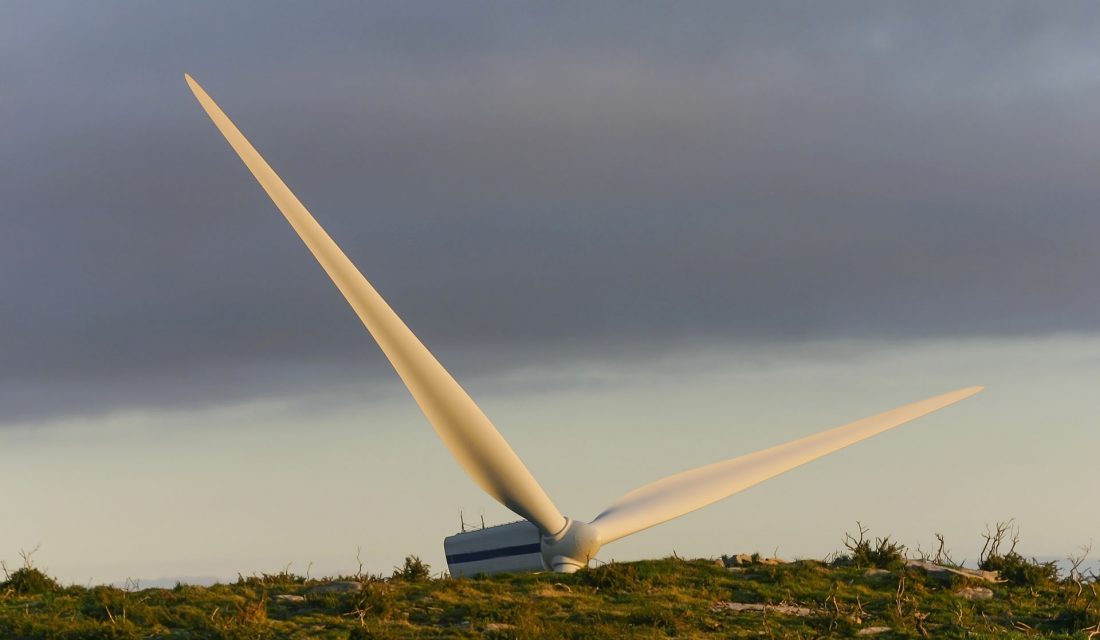
In 2008, Arnett et al. found that nearly half (40 per cent) of all wind turbine bat mortalities were of the Hoary Bat. In fact, they found bat deaths were predominantly of the three migratory species. And that’s likely only gotten worse, with many more wind farms having been installed since then. This has led to a recent assessment by the Committee on the Status of Endangered Wildlife in Canada, deeming all three of these species to be endangered in Canada.
We’ve heard that wind energy poses a threat to birds, but a 2017 study undertaken by Birds Canada, commissioned by Environment and Climate Change Canada, found bat fatalities were higher than bird deaths (with the exception of the Atlantic provinces). The average in the study ranged from 0.16 bat per turbine in Atlantic Canada to up to 17.5 bats in Ontario! Given there are 6,698 wind turbines in Canada, this could be anywhere from 1,071 bats being killed in Atlantic Canada to 117,215 in Ontario every year.
Why Are Bats So Affected?
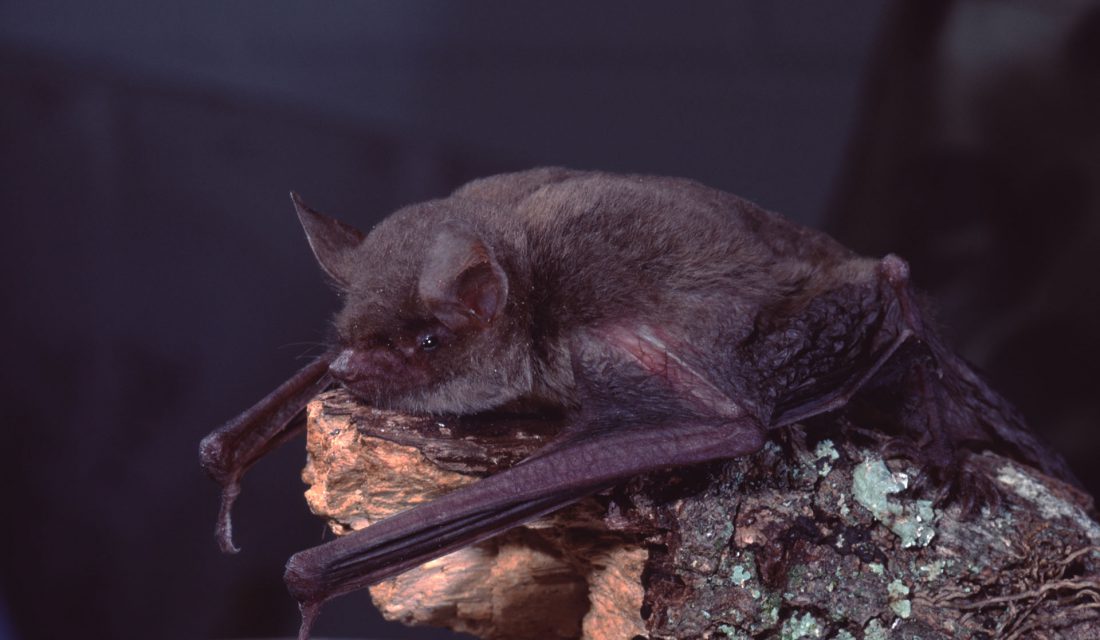
Can’t bats see the turbines or use echolocation to avoid the blades? Surprisingly, it’s not necessarily the blades that kill bats. It’s often the pressure change caused by the turbine that results in blood vessels in their lungs to burst. This effect is more pronounced at higher altitudes, which isn’t surprising then that taller, larger turbines seem to be killing more bats. And as far as birds go, their lungs and blood vessels are more robust and can handle the pressure change.
Weather is also a factor, with fewer bat deaths during storms. This makes sense, as bats aren’t flying around as much in bad weather. But there’s a drawback – mortality seems to peak for a few days following storms, meaning bats are back out with increased foraging after missing a night of hunting due to bad weather. But mortality also seems to be worse at low wind speeds, which is a bit odd since you’d think the faster the wind, the quicker the blades turn and higher chance of bat collision or pressure differences. This could be because most insects (which is Canadian bats’ sole food source) don’t fly around during higher winds, so bats may simply be out foraging less.
Timing and location matters. The highest impact seems to be late summer and early fall, which would coincide with the beginning of the fall migration period. And it then makes sense that turbines within the bat migration and flight paths could prove to be most problematic.
What Should We Do?
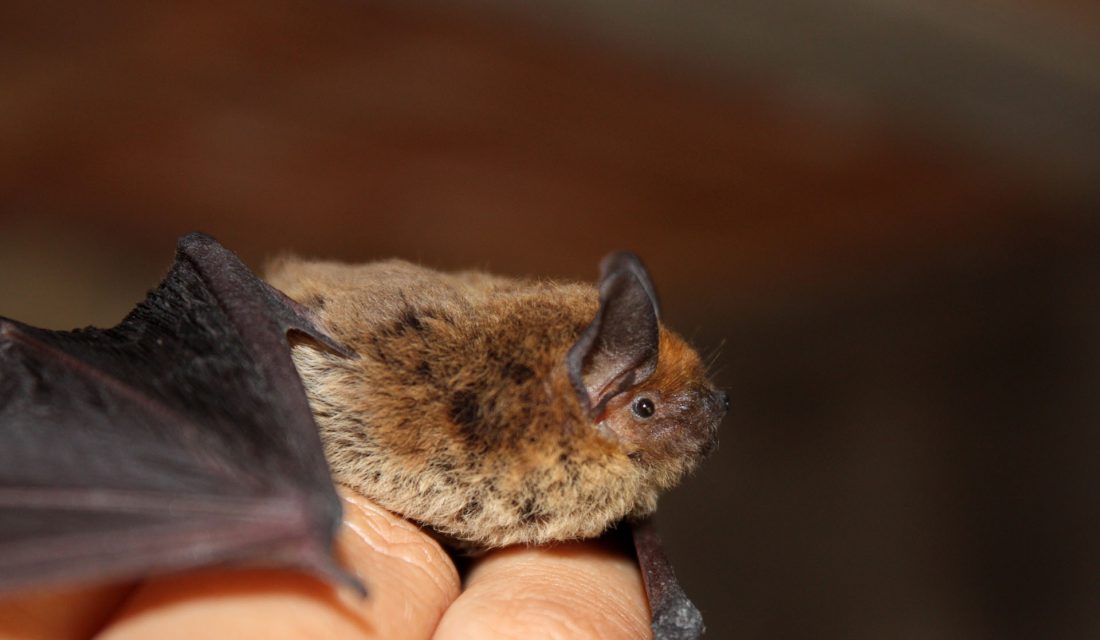
Wind power operators are aware of the problem and how this could contradict the notion of green energy. Many of them are funding the key research that has helped shed a light on this problem in the first place.
A key first step it to be sure that wind farms are located in appropriate areas, outside of migratory pathways of bats and birds. The challenge is that studying the routes for migratory bats is extremely difficult.
Facilities could focus on smaller, shorter turbines to reduce that pressure difference which causes most of the bat deaths.
Wind power generation could be halted during low wind speeds, since it seems bats are more often killed in this type of weather. Low winds also mean the turbines aren’t moving that much anyway, so there may be little loss in power generation. One study found that had turbines been stopped at one site in the US during low wind nights and only during the migration period, between 82 to 85 per cent of all bat deaths could have been averted. And bear in mind, facilities could still operate during the day when bats aren’t flying around.
And when the conditions are good for bats to be out hunting, several studies have shown that reducing the speed of the blades can greatly reduce mortality.
So while, yet again, humans are the greatest threat to bats, we also hold the solution to conserving them, all while transitioning to a renewable energy economy.
Learn how you can HelpTheBats.ca
Listen to this story (and more) in the CWF podcast, “Your Connection to Wildlife” >


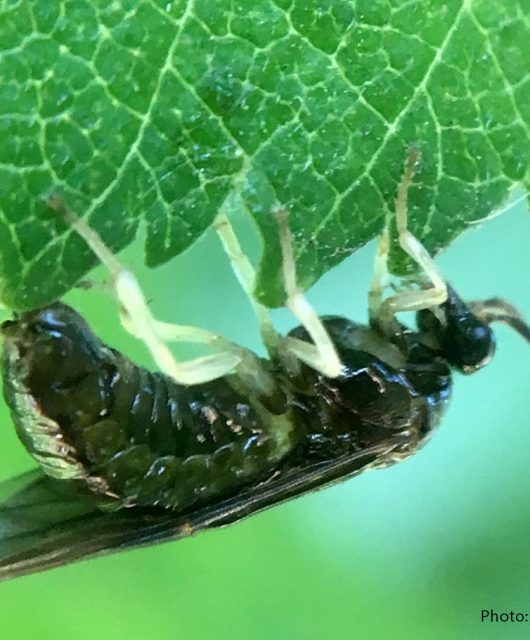

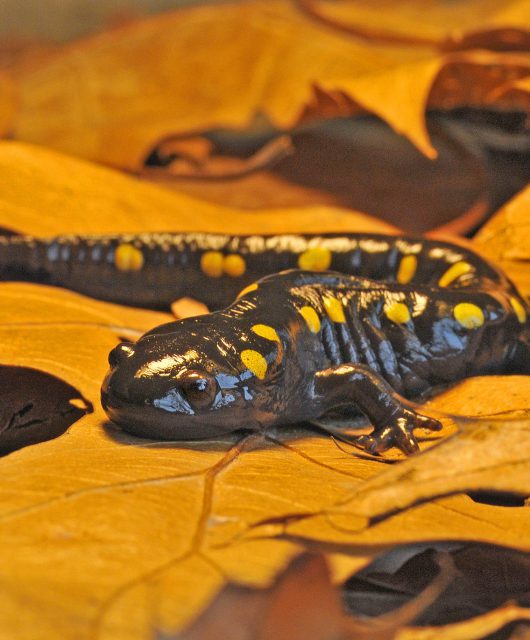
1 comment
Very informative article – I had no idea wind turbines were affecting bats, but it makes sense that they are. I’m glad wind power operators, scientists, engineers, etc. are looking at ways to prevent this from happening.